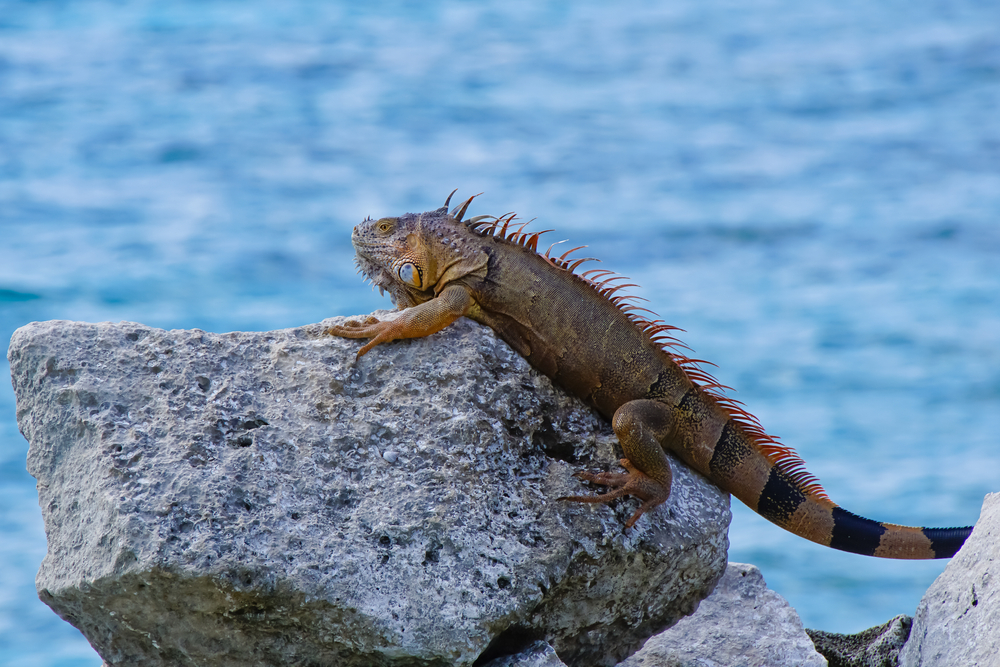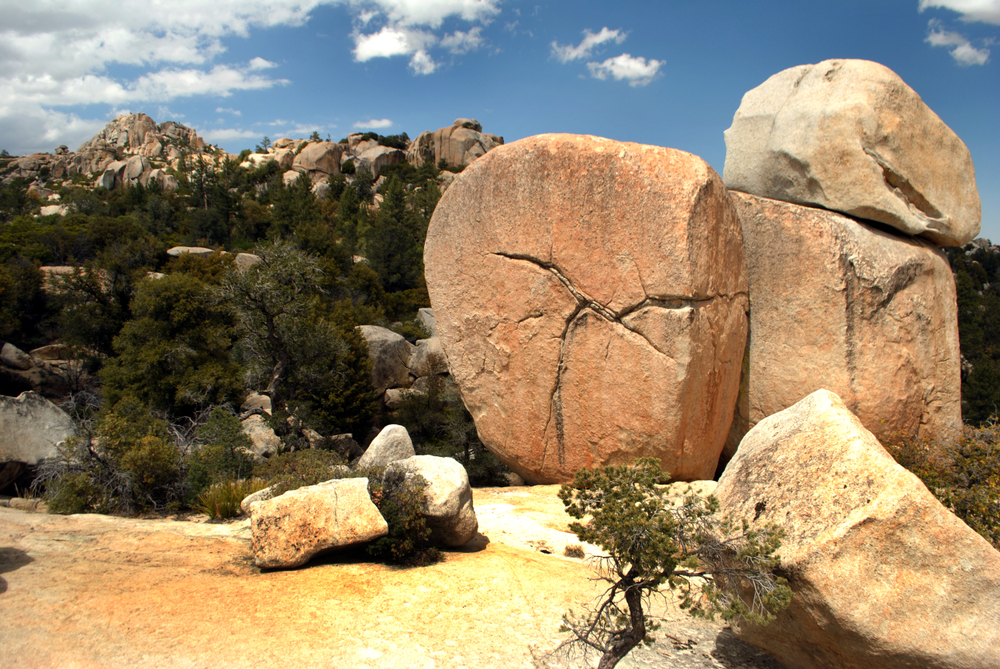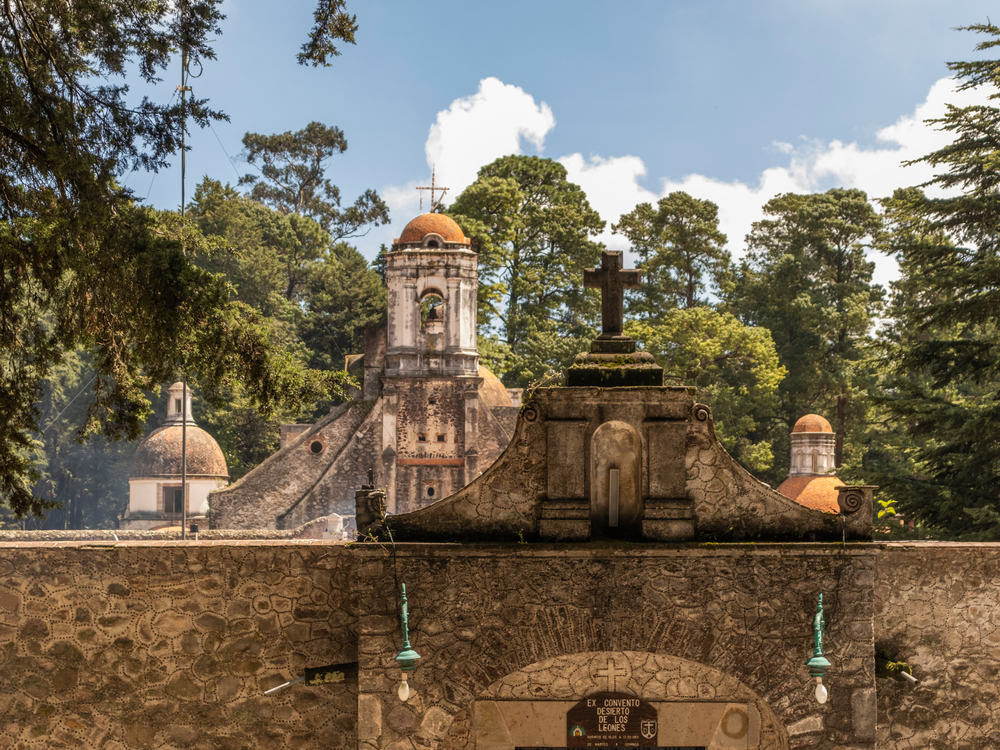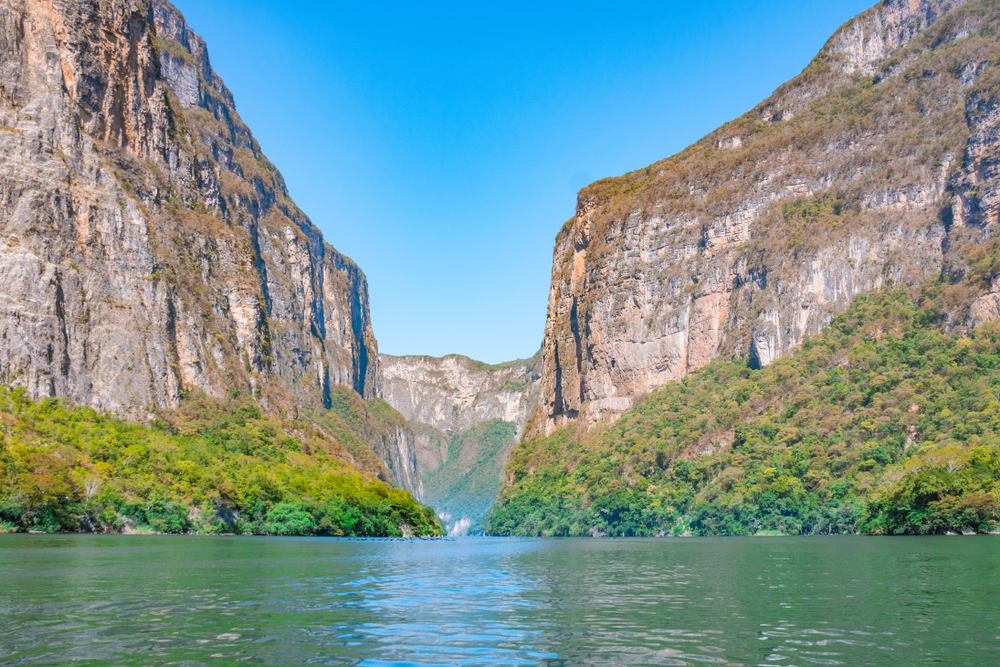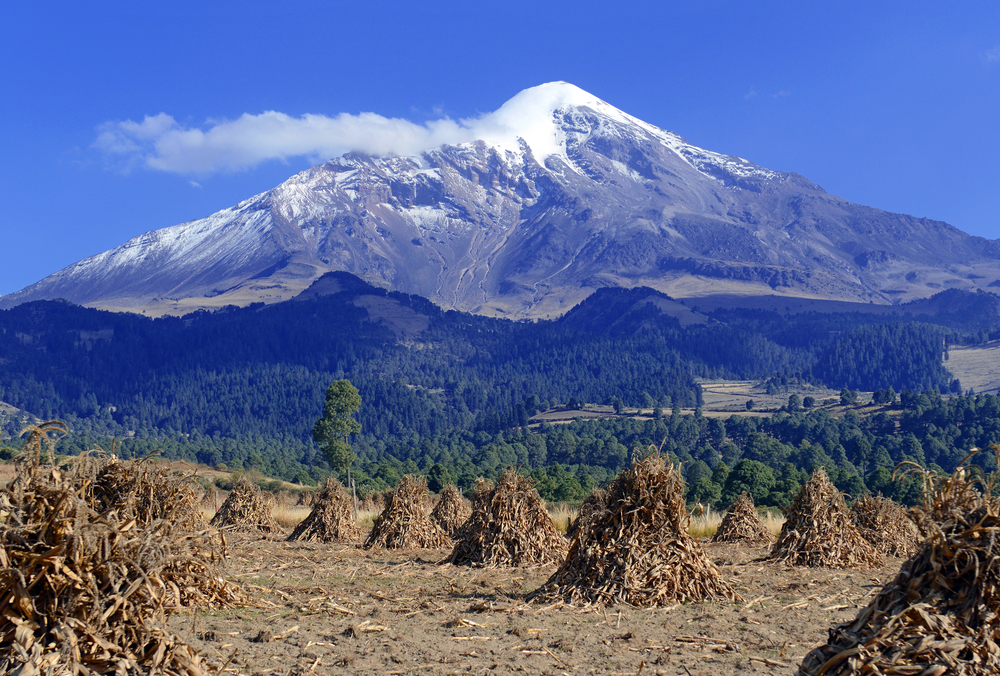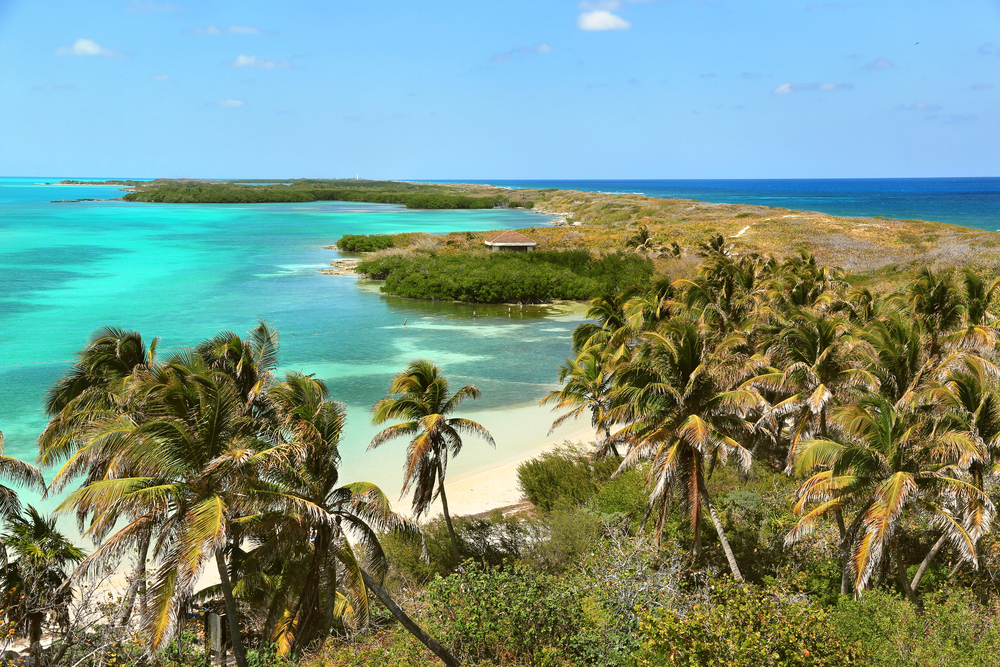Arrecifes de Cozumel Overview
Arrecifes de Cozumel National Park, or Parque Nacional Arrecifes de Cozumel in Spanish, is a marine protected area located off the eastern coast of Cozumel, an island in the Caribbean Sea within the state of Quintana Roo, Mexico.
Covering approximately 46.7 square miles (120.8 square kilometers), the park is part of the Mesoamerican Barrier Reef System, the second-largest coral reef system in the world. Its underwater landscapes are defined by vibrant coral formations, deep walls, sandy seabeds, and intricate caves, making it one of the most famous diving and snorkeling destinations in the world. The park includes renowned sites such as Palancar Reef, Colombia Reef, and the Santa Rosa Wall, each known for its stunning biodiversity and clear waters with visibility often exceeding 100 feet.
The marine ecosystem within Arrecifes de Cozumel National Park is home to a remarkable array of wildlife. Visitors can encounter various species of coral, including brain coral, staghorn coral, and elkhorn coral, which provide shelter for countless marine creatures. T
he waters teem with colorful fish such as parrotfish, angelfish, and butterflyfish, while larger species like barracudas, groupers, and moray eels inhabit the deeper areas. Sea turtles, including green, hawksbill, and loggerhead turtles, are frequently seen gliding through the waters.
The park also hosts numerous rays, such as eagle rays and stingrays, as well as nurse sharks, which are common in the reef’s overhangs and sandy floors. Birdlife around the island includes species such as frigatebirds, brown pelicans, and osprey, which can often be seen soaring above the coastlines and perched near mangrove areas.
The park’s most famous attractions revolve around its underwater features, making diving and snorkeling the most popular activities. Sites like Punta Sur and the Devil’s Throat feature dramatic drop-offs and swim-through tunnels that attract experienced divers.
Chankanaab Reef is another favorite location, especially for snorkelers who can witness a vibrant display of marine life just below the surface. Beyond diving, visitors can explore the park by glass-bottom boat tours or paddleboarding along the coastline. The warm Caribbean waters, combined with the rich biodiversity, make the park a paradise for marine enthusiasts.
Conservation efforts in Arrecifes de Cozumel National Park have been ongoing, with a focus on protecting coral reefs from damage caused by human activities. Regulations prohibit anchoring on reefs, and restrictions on fishing help preserve fish populations. Climate change and pollution, however, pose challenges, as rising ocean temperatures contribute to coral bleaching.
Efforts such as coral restoration programs and public education initiatives aim to mitigate environmental damage and ensure the sustainability of the park’s ecosystem. The success of marine protected areas like this one has highlighted the importance of conservation in preserving one of Mexico’s most valuable natural treasures.








































































